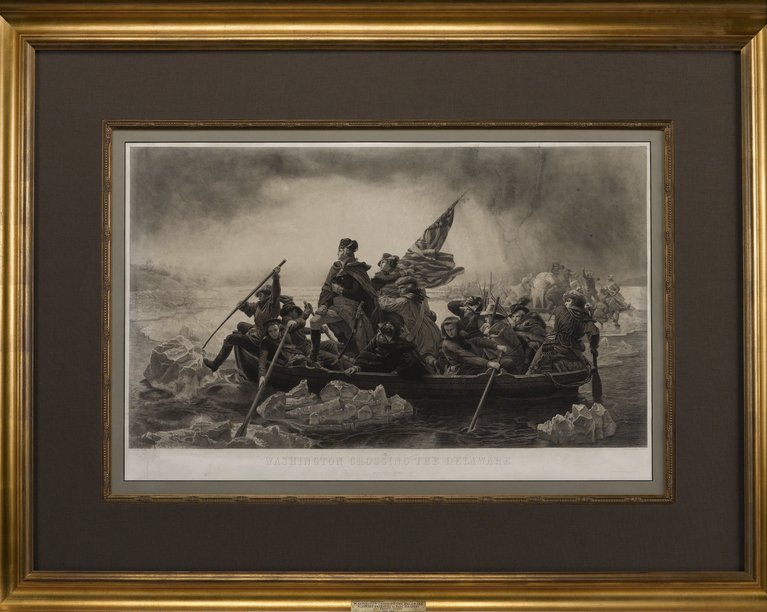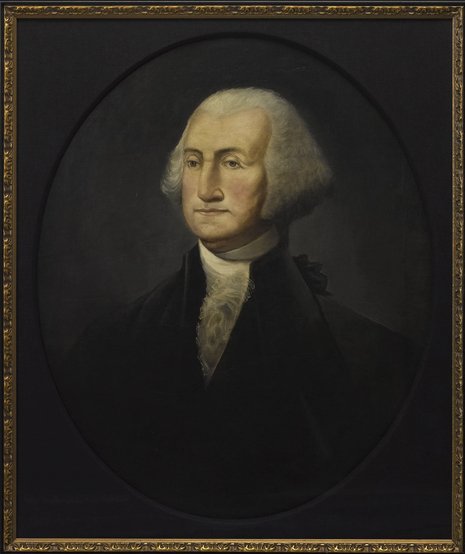American Industries Stepping Up with Support: From WWII to Today
Amidst trauma and strife, it helps to lean on each other for support. Today, our "new normal" has become unlike any other, due to the rising outbreak of the COVID-19 virus. However, we've seen American industries doing good to support their neighbors in any way possible. This week, we draw a parallel between the support of American industries today, with COVID-19, compared to the devastation of WWII and what they did to support the American people and economy.
In the past week, Ford, Tesla, and GM have all committed to tackling the ventilator shortage amid the COVID-19 epidemic, retrofitting their production lines so they can begin producing ventilators. Anheuser-Busch will now use its supply and logistics network to begin producing and distributing bottles of hand sanitizer to accommodate the growing needs across the United States. We can't help but see the parallels to WWII, when American industries shifted to support the war effort.
“Powerful enemies must be out-fought and out-produced,” President Franklin Roosevelt told Congress and the American people less than a month after Pearl Harbor. “It is not enough to turn out just a few more planes, a few more tanks, a few more guns, a few more ships than can be turned out by our enemies… We must out-produce them overwhelmingly, so that there can be no question of our ability to provide a crushing superiority of equipment in any theatre of the world war.”
War production profoundly changed American industry. Companies already engaged in defense work greatly expanded their output. Boeing and its partners worked together to produce a staggering 98,965 aircraft, including the famed B-17 Flying Fortress.
Others, like the automobile industry, were transformed completely. In 1941, more than three million cars were manufactured in the United States. After Pearl Harbor, only 139 more cars were made during the entire war. Instead, Chrysler produced fuselages. General Motors made airplane engines, guns, trucks and tanks. Packard made Rolls-Royce engines, used by the British air force. In its Ypsilanti, Michigan plant, the Ford Motor Company performed a miracle, thanks to the herculean effort of its employees. One B-24 bomber came off the Ford production line every 63 minutes. (The average Ford car had almost 15,000 parts. The B-24 Liberator long-range bomber had 1,550,000 parts.)
The whole nation came together for a single purpose and successfully committed itself to doing all that was necessary. All aspects of what the United States did during World War II, both at home and on the global battlefronts, were unlike anything before. We were heartened to see the global response of the COVID-19 response, with small companies and large companies doing their part to flatten the curve.







